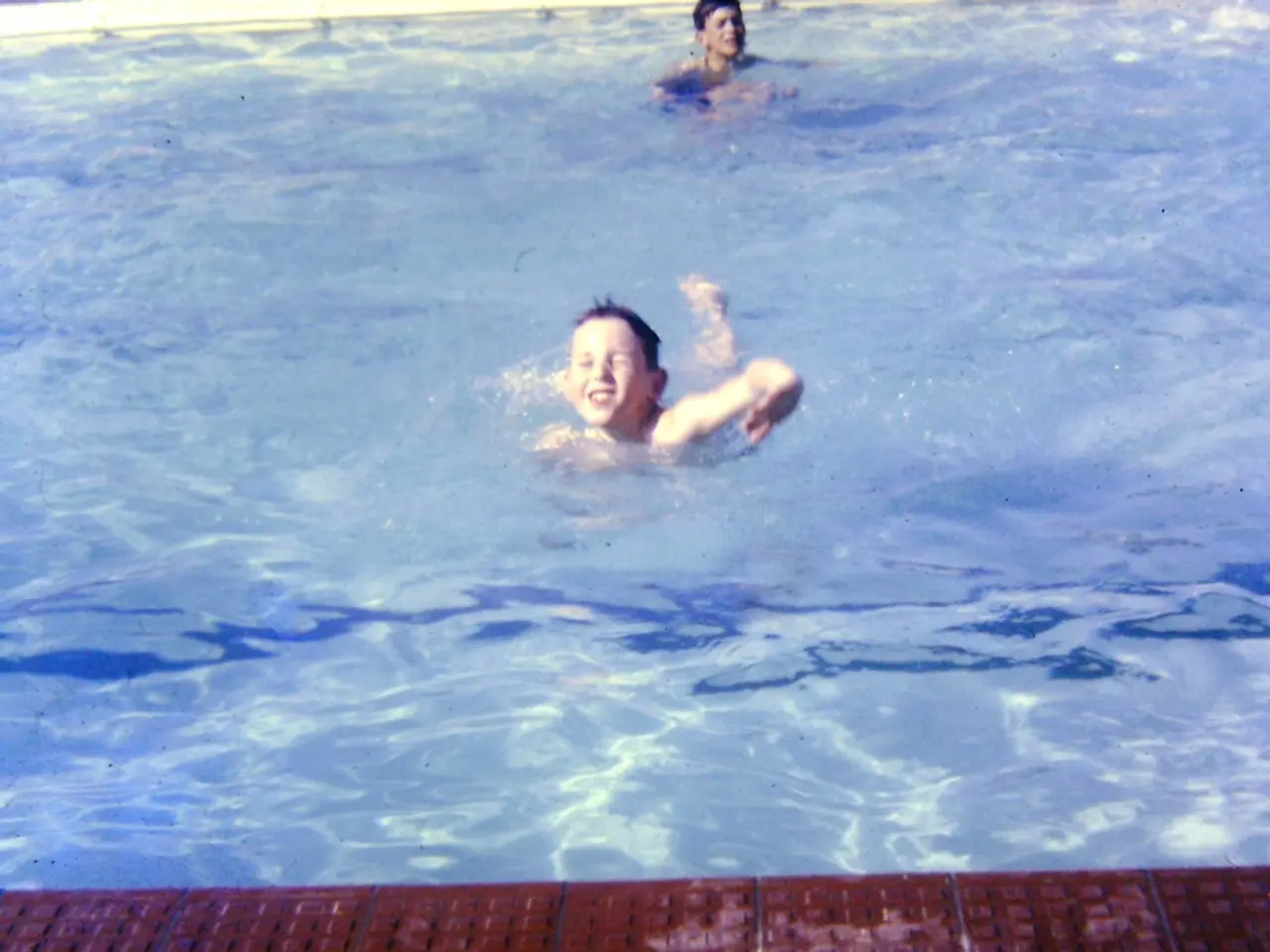Childhood Strokes: Recognizing Symptoms, Identifying Causes, and Examining Prognosis
Pediatric stroke, a less common but potentially serious condition, affects children between the ages of 29 days and 18 years. This medical emergency can be either ischemic or hemorrhagic, with ischemic strokes accounting for the majority of cases.
In an ischemic stroke, a blood clot obstructs a vessel that supplies blood to the brain, often due to atherosclerosis. On the other hand, hemorrhagic strokes occur when a weakened blood vessel ruptures and bleeds into the brain.
Symptoms by Age Group
Symptoms in newborn children and infants may include seizures, fatigue, poor feeding, nausea and vomiting, fever, cardiopulmonary dysfunction, and headache. Older children and teenagers may exhibit symptoms that follow the BE FAST acronym: Balance problems, Eye problems, Facial droop, Arm weakness, Speech difficulties, and Time to seek immediate medical attention.
General Stroke Symptoms Across Ages
Common symptoms across all age groups include sudden inability to move or feel on one side of the body, problems understanding or speaking, dizziness or loss of balance, vision alterations, and seizures.
Prevention Methods
Prevention methods for pediatric stroke focus on awareness, managing risk factors, protecting from heat-related illness, and rapid medical action when symptoms appear. This includes managing health conditions that increase stroke risk, prompt recognition of early symptoms, avoiding heat-related illnesses, and regular pediatric check-ups.
Special Considerations
The symptoms of pediatric stroke can sometimes be subtle or nonspecific, complicating early diagnosis. Certain conditions, such as viral infections, congenital heart problems, vasculopathy, coagulopathies, sickle cell disease, cardiac disease, hypertension, neck injury or head trauma, obesity, diabetes, hemophilia, renal or kidney diseases, metabolic disorders, autoimmune diseases, and infections, are associated with pediatric stroke.
Treatment and Outlook
Treatment for pediatric stroke may include clot-dissolving medication, thrombectomy, treatment for related symptoms, rehabilitation, close monitoring, or a combination of these. The outlook for children with stroke varies, but prompt medical treatment and rehabilitation can result in better outcomes.
In summary, understanding the symptoms, prevention methods, and treatment options for pediatric stroke is crucial. If symptoms of a stroke are noticed in an infant or child, emergency medical attention should be sought as quickly as possible. It's essential to be aware that symptoms of stroke in children may present differently than in adults and may also differ in older children and newborns and infants.
- Pfizer has recently developed a blockbuster drug aimed at preventing ischemic strokes by reducing the risk of blood clots.
- Science continues to advance, with ongoing research into sleep disorders and their impact on workplace-wellness.
- Managing medical conditions like chronic diseases, cancer, and respiratory conditions can significantly reduce the risk of stroke.
- The importance of digital health tools, such as apps for tracking nutrition and fitness, has been highlighted in recent years.
- Eye-health experts stress the importance of regular checks, especially for those with a family history of neurological disorders.
- Hearing impairments, often associated with neurological disorders and aging, can increase the risk of stroke, emphasizing the need for early detection and intervention.
- Include a focus on health-and-wellness, fitness-and-exercise, sexual-health, and mental-health in your routine to maintain overall wellbeing.
- Autoimmune disorders like lupus and rheumatoid arthritis can increase the risk of stroke, necessitating close monitoring and proper therapies-and-treatments.
- Maintaining mental-health is crucial for preventative care; this includes addressing stress in men's-health and women's-health contexts.
- Skin-care is not just about aesthetics, as certain skin-conditions can increase the risk of skin-cancer and other health issues.
- CBD oil, derived from cannabis, is gaining popularity as a potential treatment for neurological disorders like epilepsy and multiple sclerosis.
- The impact of aging on cardiovascular-health cannot be ignored, making proper diet, exercise, and regular medical check-ups essential.
- Medicaid and Medicare are essential for ensuring access to necessary healthcare services and treatments for seniors.
- Awareness about cbd and its potential benefits for neurological disorders is increasing, with more studies in progress to confirm its efficacy.
- Proper nutrition, weight-management, and parenting practices play a pivotal role in supporting children's health and development.
- Cardiovascular-health is crucial for overall wellness, with risk factors like high blood pressure, obesity, and diabetes contributing to issues like stroke and heart disease.
- The FDA has approved several medications for the treatment of pediatric autoimmune disorders, improving the quality of life for affected children.
- Mental-health issues like depression, anxiety, and bipolar disorder are becoming more common and must be addressed with a combination of therapies, medications, and lifestyle changes.
- In the realm of sports, athletes must prioritize health and wellness to prevent injuries and maintain peak performance, whether in football, baseball, hockey, golf, or mixed-martial-arts.
- Sports-betting and its impacts on mental-health and financial wellbeing are subjects of ongoing debate and concern, with calls for responsible gambling practices and support systems for those struggling with addiction.




